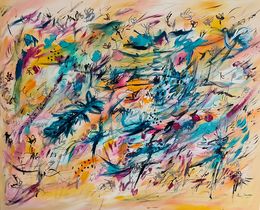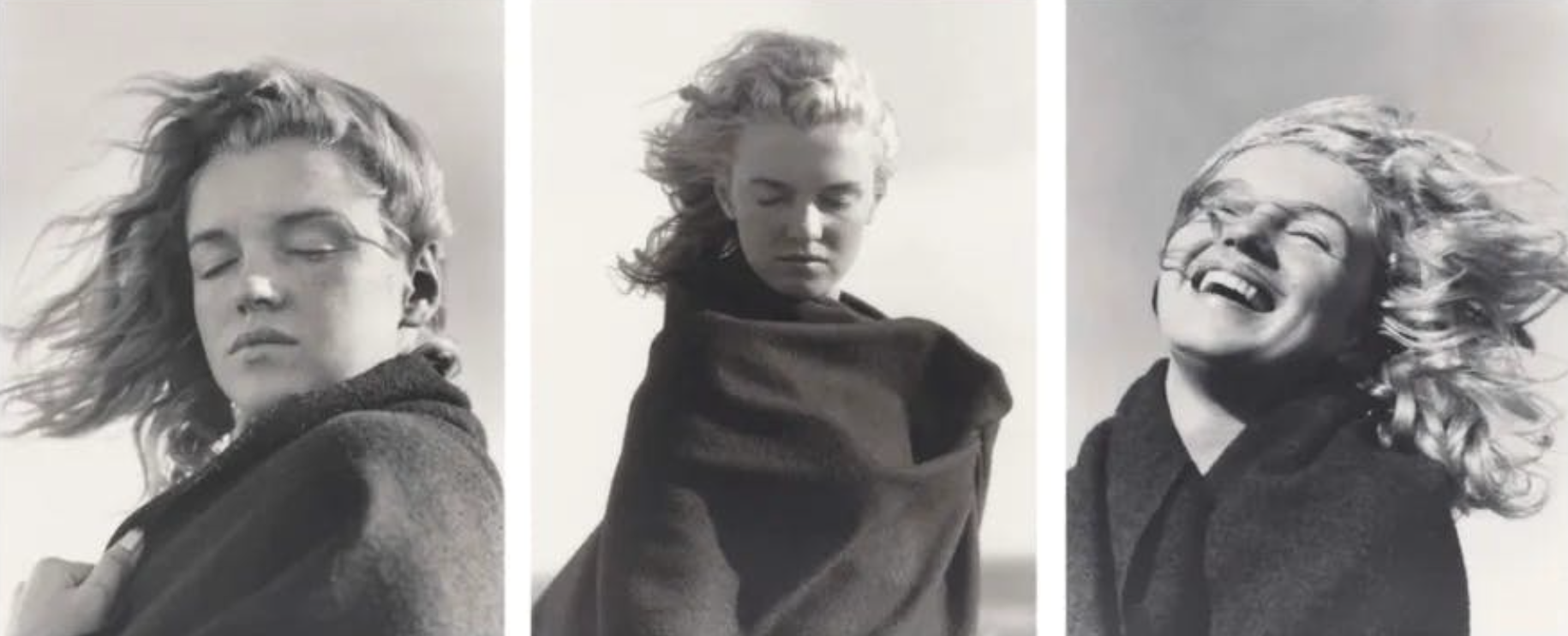
Fashion Photographers Who Made History

Whilst it has its origins in the years leading up to World War I, fashion photography has developed from a small niche market to a global business, with major centres in Paris, New York and Milan. The works from fashion photographers over the past century who operate at the crossroads of portraiture and still life, have provided a definitive answer to the question: is photography art?
From Edward Steichen to David Lachapelle, Artsper presents 10 iconic fashion photographers who have each revolutionized fashion photography in their own way.
Edward Steichen (1879-1973)
Although Baron Adolphe De Meyer is considered historically as the first fashion photographer, the photographer Edward Steichen is considered one of the pioneers of modern fashion photography and one of the most important contributors to the history of 20th century photography.
Following a recommendation from Lucien Vogel, publisher of the “Jardin des Modes and the Gazette du Bon Ton”, and in order to promote fashion as art through photography, Steichen produced a series of photographs of ball gowns designed by Paul Poiret. He then became chief photographer at Vogue and Vanity Fair.

Norman Parkinson (1913 – 1920)
Norman Parkinson is “the most unknown of famous photographers,“ as he liked to describe himself. Little known in France, this British photographer still revolutionized fashion photography in the 1950s to 1970s. He is known for taking fashion photography outdoors. This was a stark contrast to the studio shoots of contemporary fashion photographers. In his minimalist photographs, women, rather than being posed as simple clothes hangers for the fashion pieces, are active, sensual and magnified by spectacular scenery. For example, Jerry Hall, Russia, Vogue, one of his most famous works, shows a model on a plinth in a red swimsuit and high heels about to dive. His work appeared in Harper’s Bazaar and Vogue.

Irving Penn (1917 – 2009)
An American fashion photographer known for his fashion photographs and portraits. Irving Penn revolutionized American fashion photography after the Second World War. He joined the team of the iconic Vogue magazine shortly before the fifties. He stood out from the crowd with his signature style. The photographer only shot in studios, with no other props or backgrounds other than the outfit he had to show off. He photographed the biggest names in the fashion and art world including Yves Saint Laurent, Picasso, Woody Allen… The secret to his success is his ability to portray a sense of real intimacy with the model through his portraits. That trademark is why Irving Penn is one of the most famous fashion photographers.

Helmut Newton (1920 – 2004)
While fashion photography was in its infancy, Helmut Newton was already celebrated for his black and white photographs. They depicted models as feminine or masculine, or a blurring of the two. His deliberately sexual images illustrate the porosity of the gender frontier and address taboo themes such as sado-masochism and fetishism. Helmut Newton makes fashion photography an erotic art object. In the fifties, he contributed to several fashion magazines including Vogue, Harper’s Bazaar, Playboy and Elle.
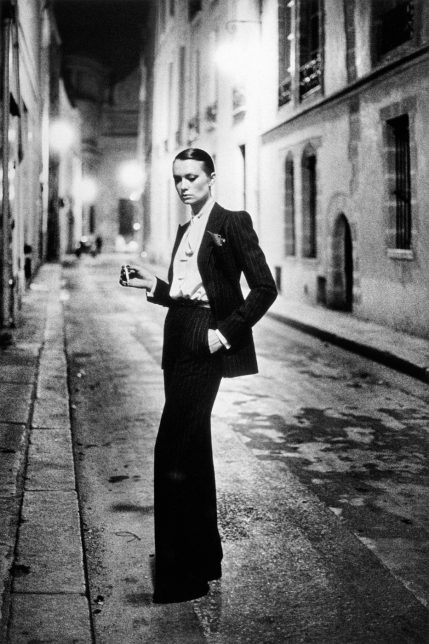
Richard Avedon (1923 – 2004)
American fashion photographer and portraitist, Richard Avedon said his photographs “have helped to define the image of America’s style, beauty and culture.” Working for Harper’s Bazaar magazine, he created the photograph that would change his life, entitled Dovima with elephants. In 2010, the image broke a record and sold for €841,000 in Paris, making it the most expensive photograph sold in France.
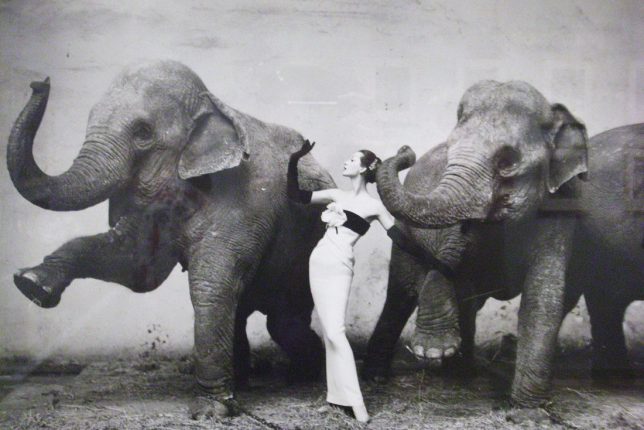
Guy Bourdin (1928 – 1991)
Over a career that lasted more than 40 years, Guy Bourdin worked for the world’s biggest fashion houses and magazines. Originally a painter, he created images that contained fascinating stories and compositions, in black and white and in color. A fan of Alfred Hitchcock’s “Macguffin” technique, he built “crime scenes”, getting rid of all the usual norms of beauty and morality.
In 1954 his destiny as one of the greatest fashion photographers was sealed. An admirer of Man Ray, he asked the photographer to introduce him to Vogue’s French management team. The editor-in-chief of the time fell under his spell and immediately commissioned work from. The collaboration lasted more than 30 years.
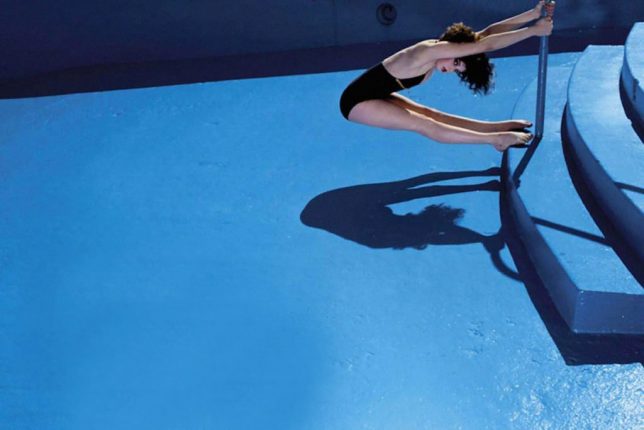
Peter Lindbergh (1944-2019)
Peter Lindbergh photographed exclusively in black and white. He refused excessive retouching in post-production, preferring the natural beauty of women to the use of Photoshop. This stance has meant he is known for the unparalleled natural feel of his photographs. He was the first photographer to be asked three times to make the Pirelli calendar, and the first to shoot a cover for American Vogue under Anna Wintour. These extraordinary feats make him an important figure in the fashion and celebrity scenes.

Mario Testino (1954)
The Peruvian fashion photographer is known for his advertising campaigns for Gucci and Dolce & Gabbana as well as his Vanity Fair cover photos of Princess Diana. He began his relationship with photography by settling in an abandoned hospital near Trafalgar Square in London. At that time, he was offering to help budding models with their portfolios for just a few dollars. His particularly keen photographic eye and his portrayal of models and their beauty quickly attracted the attention of creators and magazines of all kinds. Now considered one of the greats, he is particularly known for the nonchalance and naturalness that emanate from his images.

Steven Meisel (1954)
Steven Meisel began his career as an illustrator for stylist Roy Halston Frowick, drawing inspiration from Vogue or Harper’s Bazaar visuals for his drawings. After a few tries as a fashion editor, he became a photographer and was recruited by Seventeen magazine. He went on to collaborate with some of the greatest names in fashion before becoming the exclusive photographer to shoot the covers of Italian Vogue since 1988. His photographs stand out because he communicates his love of feminine beauty and the sensuality radiates from them.
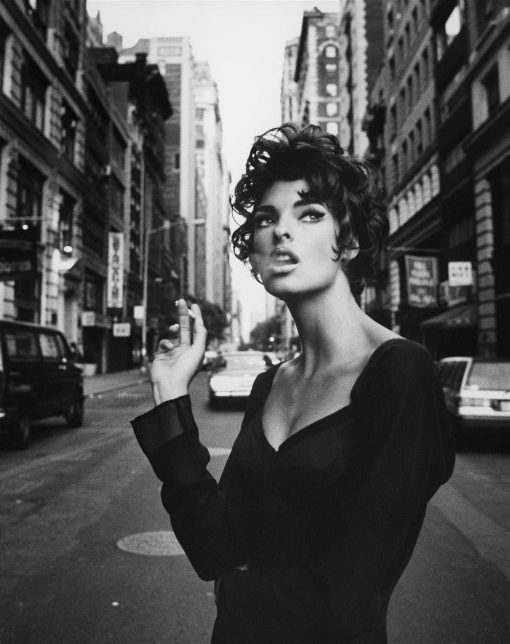
David Lachapelle (1963)
The American David LaChapelle’s passion for photography passion started during his youth, after taking a photography of his mother. It was the great Andy Warhol who spotted his talent and gave him his first job as a photographer for Interview Magazine. The magazine profoundly changed his conception of photography. LaChapelle then decided that he wanted to work for fashion magazines. With this in mind, he embraced the Porno-chic style, which was very fashionable at the time. Luxury magazines loved it and LaChapelle’s work gained in popularity. His photographs stand out for his use of bright colors, extreme saturation and a careful staging of models, backgrounds and props, drawing inspiration from art history. In the early 2000s, he left the world of fashion to devote himself to art photography.


About Artsper
Founded in 2013, Artsper is an online marketplace for contemporary art. Partnering with 1,800 professional art galleries around the world, it makes discovering and acquiring art accessible to all.
Learn more